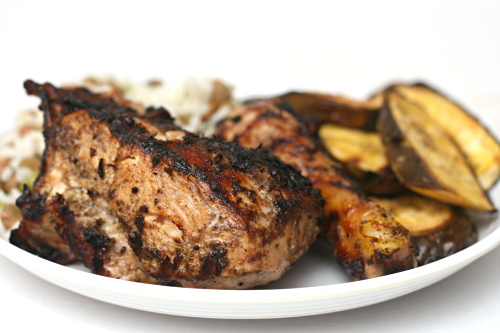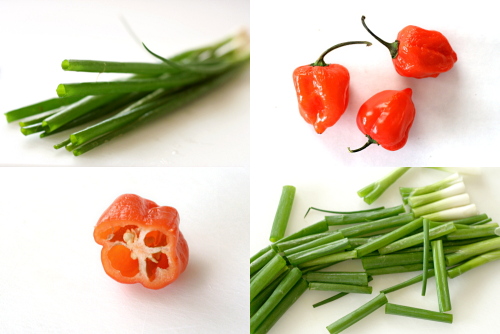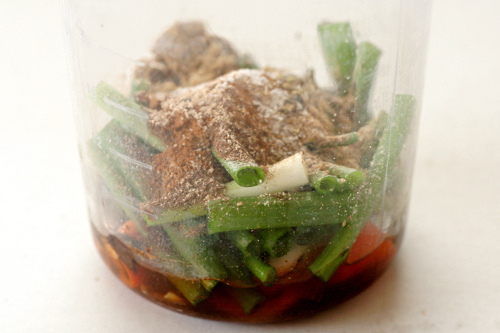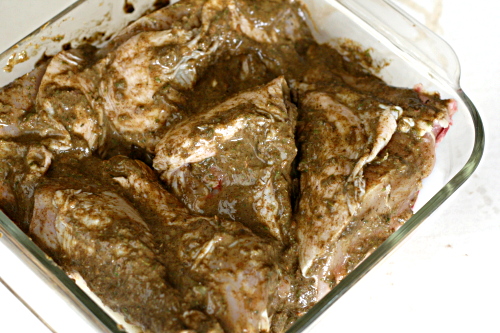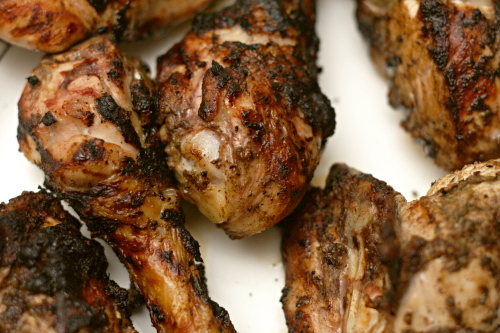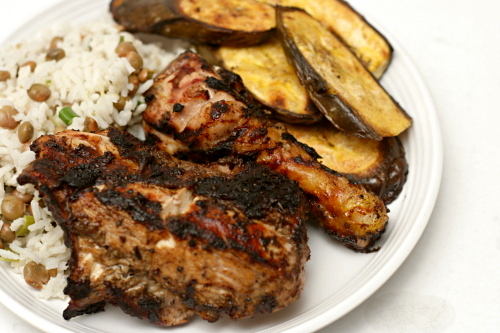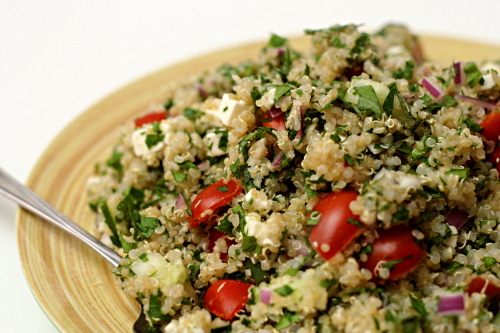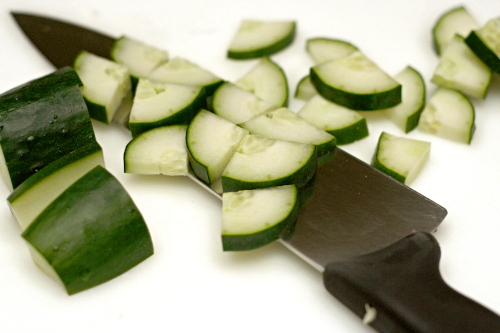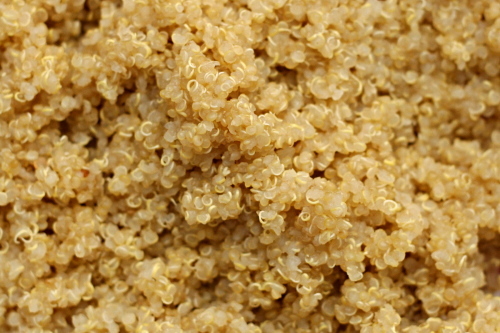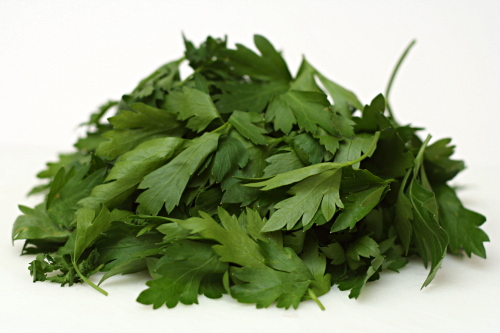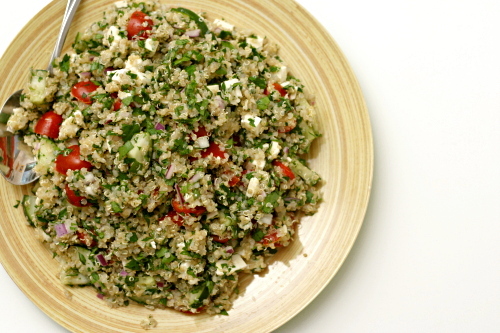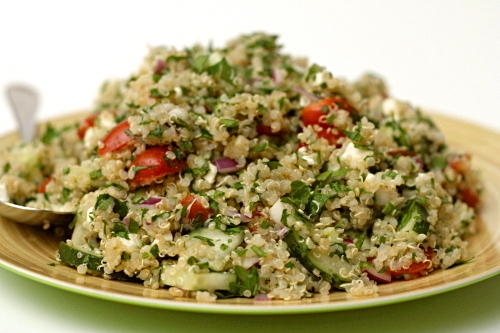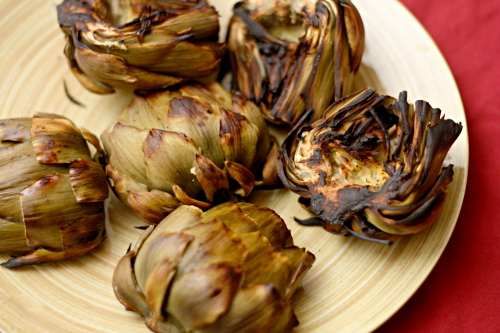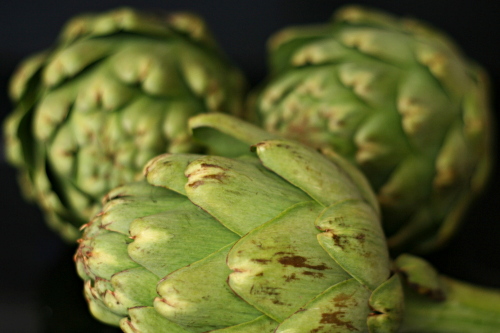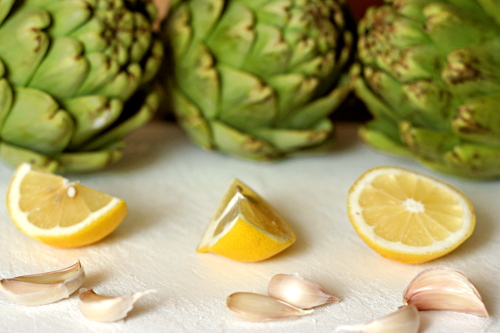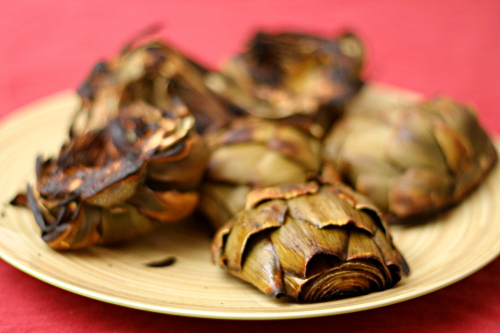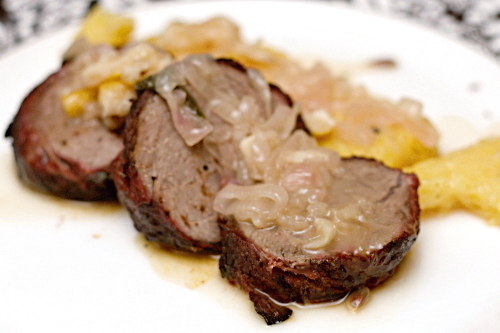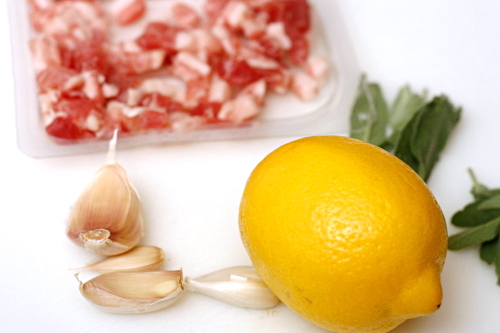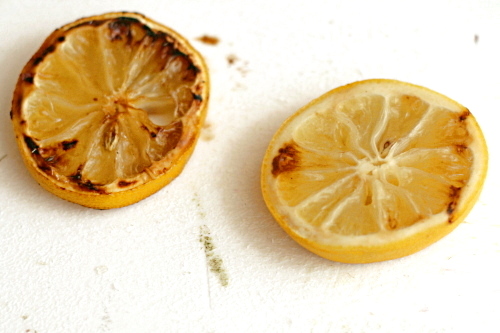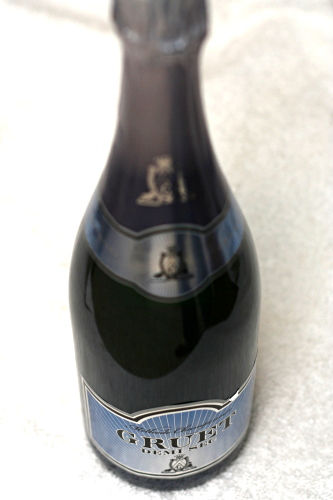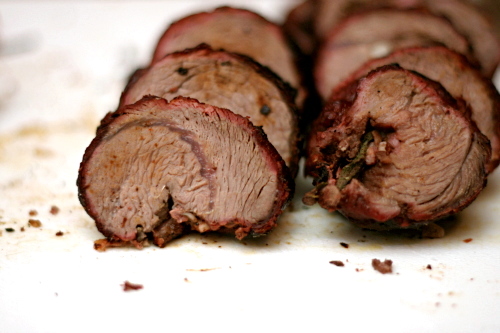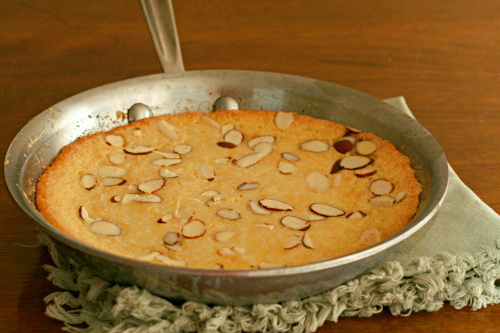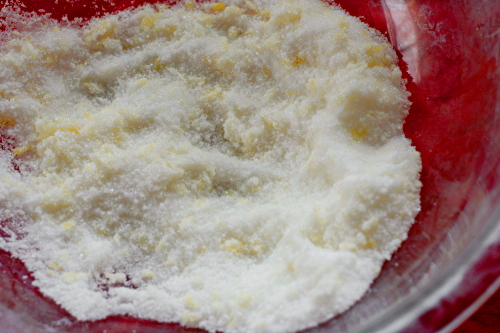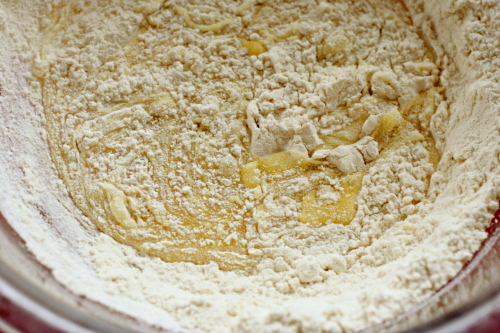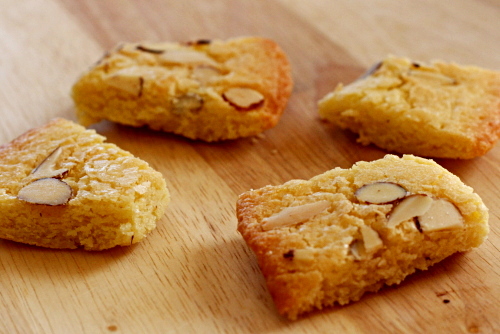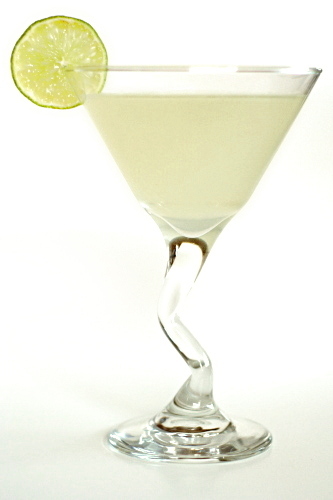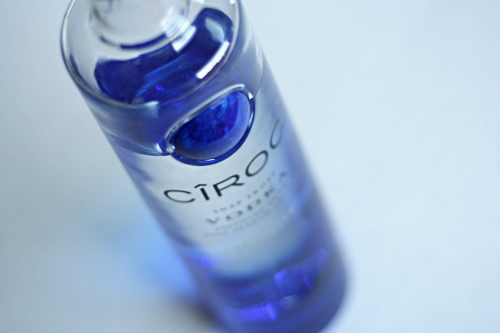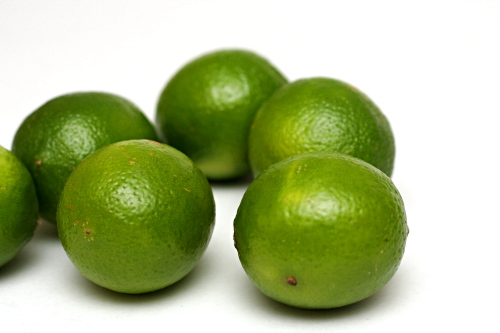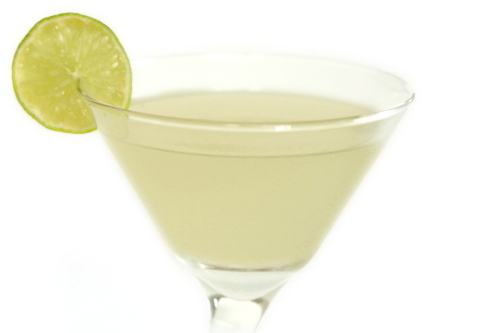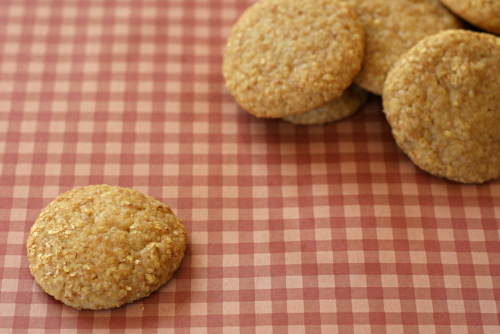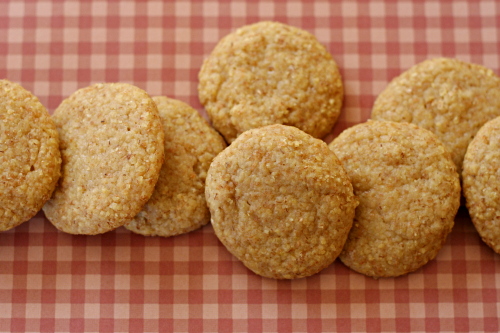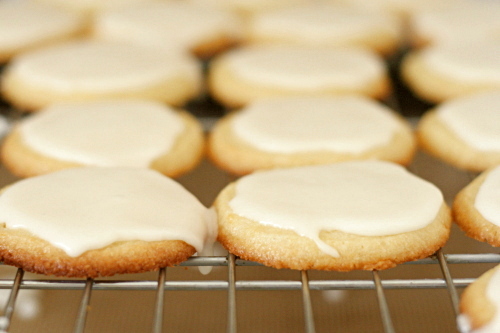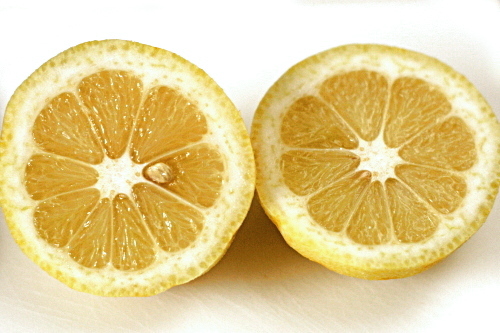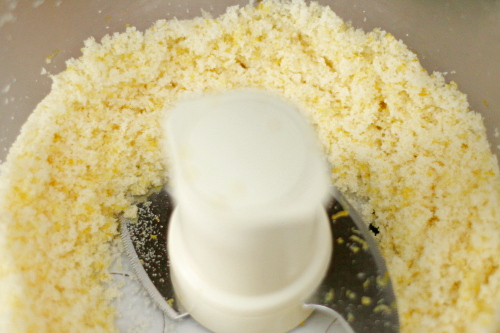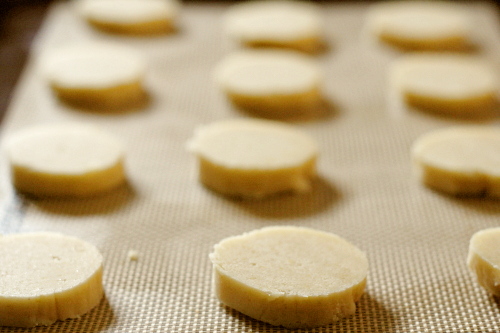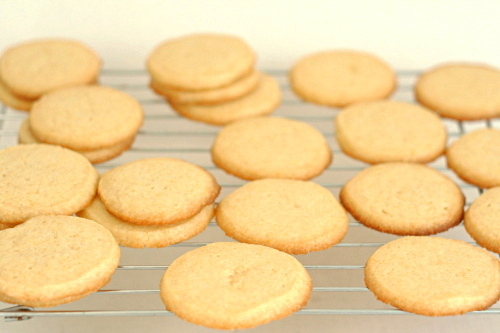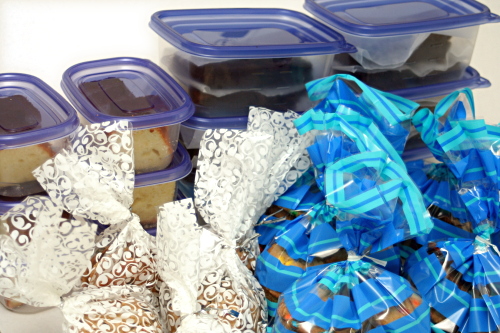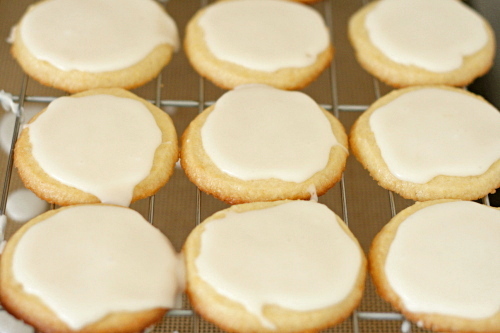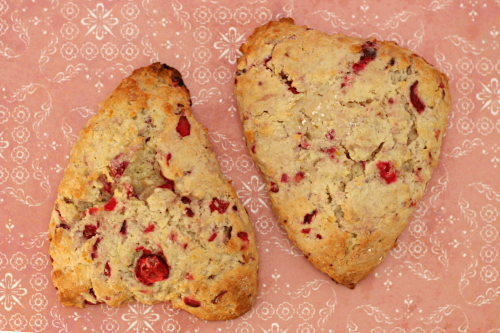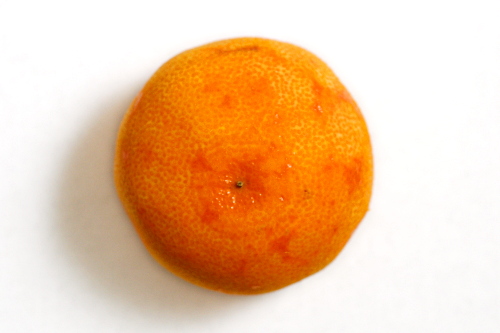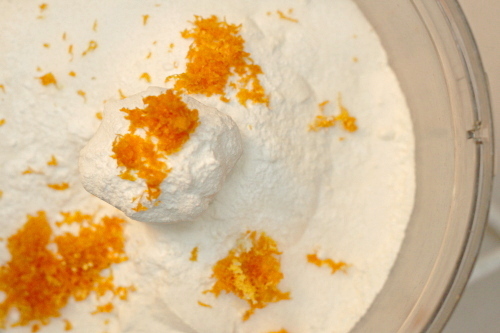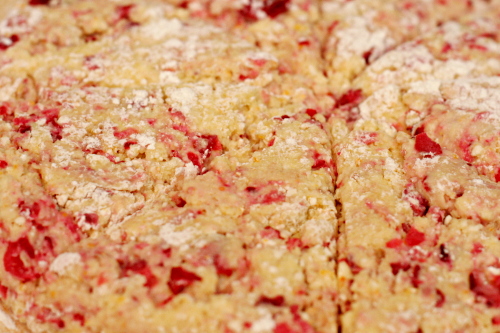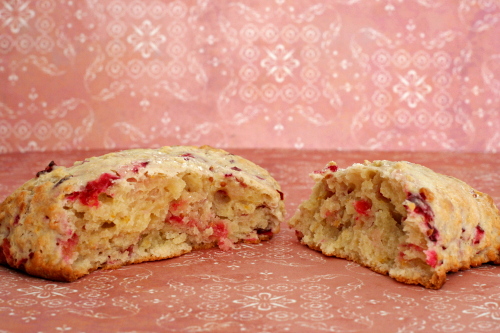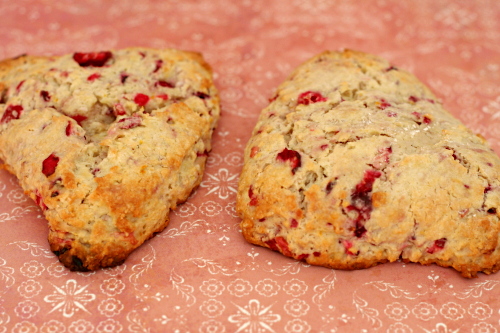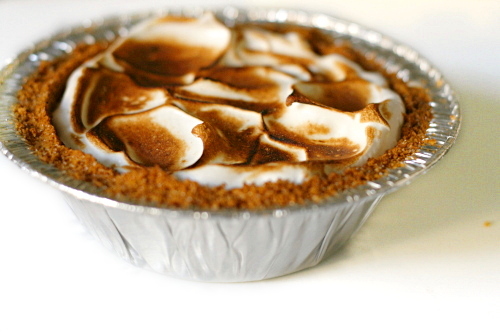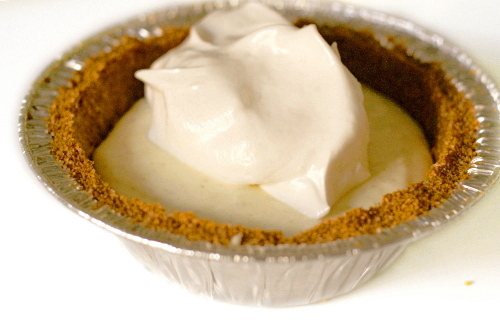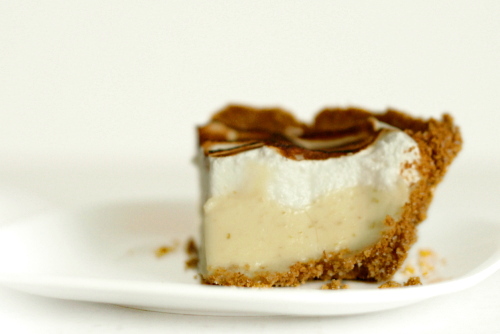Sometimes (most times) I get cranky after going to the grocery store here. It isn’t a bad little store, but it just doesn’t have the selection I had in Philadelphia. I’m spoiled. I miss good seafood and more cheese options than I know what to do with and organic produce and looseleaf tea.
One thing I do have available now, in my southern New Mexican town, is good tortillas, half an aisle dedicated to salsa, dependably perfect avocados, and a selection of fresh chiles. (Okay, so here’s another reason why I get cranky at the grocery store. They were out of Scotch Bonnets, and I had to go to Walmart, and I hate going to multiple stores, and I hate Walmart. Stop being out of stuff, grocery store.)
Not that jerk sauce has many chiles in it – when you’re talking about Scotch bonnets, you’ll only be needing a couple, even if they are tiny. They pack a powerful heat punch, and when combined with all sorts of other flavorful ingredients – rum, malt vinegar, onions, garlic thyme fall spices sugar pepper – they make one heck of a flavorful sauce.
The combination of ingredients was new for me, so I was excited. And I think that’s something I need to keep in mind when I get frustrated about how I don’t have the variety of food choices I used to – that even if I can’t find some ingredients and I can’t make some dishes as a result, there are still an infinite amount of great meals I can make by mixing up the food I can find in different ways. Jerk chicken is a perfect example of a dish that uses readily available ingredients to make something that is not only restaurant-quality good, but is interesting and fun as well.
One year ago: Mushroom Salad
Two years ago: Pigs in a Blanket
Printer Friendly Recipe
Jamaican Jerk Chicken (from Bon Apetit, but really epicurious)
8 servings
3 tablespoons dark rum
2 tablespoons water
½ cup malt vinegar
10 green onions, chopped
4 garlic cloves, peeled, chopped
2 tablespoons dried thyme
2 Scotch bonnet chiles or habanero chiles with seeds, chopped
2 tablespoons vegetable oil
4 teaspoons ground allspice
4 teaspoons ground ginger
4 teaspoons ground cinnamon
2 teaspoons ground nutmeg
2 teaspoons salt
2 teaspoons ground black pepper
2 teaspoons dark brown sugar
1 cup ketchup
3 tablespoons soy sauce
about 6 pounds bone-in, skin-on chicken parts
½ cup fresh lime juice
1. Boil rum and 2 tablespoons water in a small saucepan for 3 minutes.
2. Transfer the rum mixture to a blender; add the vinegar, green onions, garlic, thyme, chiles, oil, spices, salt, pepper, and sugar; blend until almost smooth. Transfer 2 tablespoons of the jerk seasoning to a small bowl; mix in the ketchup and soy sauce to make the sauce. (Jerk seasoning and sauce can be made 1 day ahead; cover separately and refrigerate.)
3. Arrange the chicken in a large roasting pan or baking dish. Pour the lime juice over the chicken; turn to coat. Spoon the jerk seasoning over the chicken and rub it into the chicken. Cover and refrigerate for at least 4 hours, turning occasionally. (Can be prepared 1 day ahead. Keep refrigerated.)
4. Prepare a two-level grill (more coals on one side than the other). Remove the chicken from the jerk seasoning marinade; sprinkle with salt and pepper. Place the chicken, skin side down, on the hot side of the grill; grill for about 2 minutes, until seared. Move the chicken to the cooler side of the grill and continue to cook, turning occasionally, for about 15 minutes, until the breasts measure 160 degrees on an instant read thermometer and the legs and thighs read 165 degrees. Serve with the jerk sauce.
I was excited to find plantains when I made this, so maybe I should stop complaining about my grocery store. I sliced and grilled them, unpeeled. They were fantastic dipped in the jerk sauce – kind of like dipping French fries in ketchup, only more…more everything. More good.
